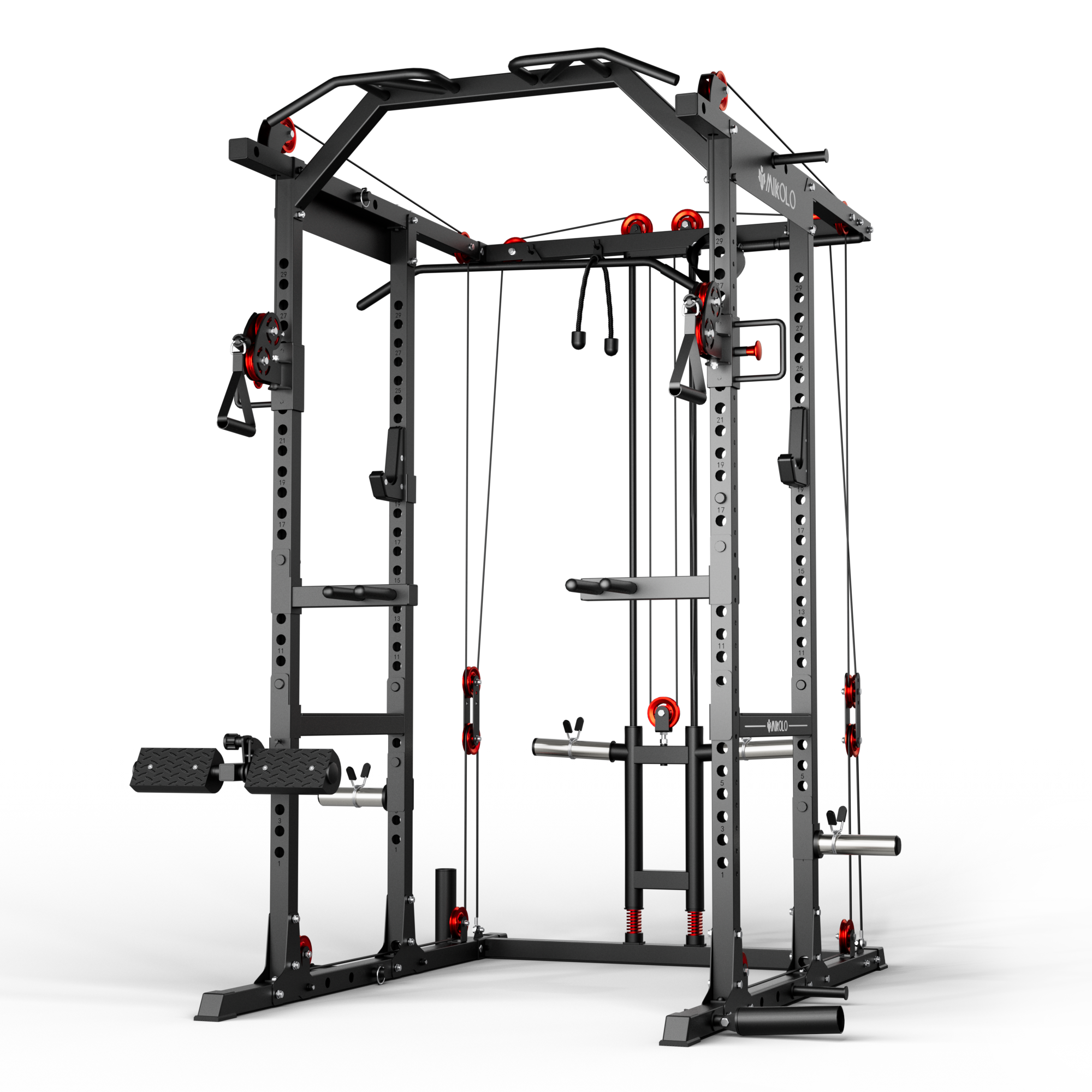If the world of fitness feels confusing or overwhelming, you're not alone. Between complicated equipment, trendy workout fads, and conflicting advice online, it’s easy to feel lost—especially if you're just getting started. But here’s the truth: fitness doesn’t need to be fancy to be effective. In fact, some of the best results come from mastering the basics.
This guide breaks down exercise for dummies—a no-pressure, clear, and supportive approach to getting started with fitness, working out, and building habits that actually stick.
Why “Fitness for Dummies” Isn’t a Bad Thing
Let’s set one thing straight: asking basic questions is a sign of strength, not weakness. Everyone starts somewhere. The idea behind “fitness for dummies” isn’t to label you—it’s to simplify the process so you can move forward with confidence.
Think of it like this: if you were learning a new language, you’d start with the alphabet. Fitness is the same way. Whether you're flipping through a fitness for dummies book or browsing workout videos, the goal is to build a strong foundation.
The Basics: What Does “Working Out” Actually Mean?
Working out simply means moving your body with purpose to improve strength, endurance, or mobility. Here are four essential categories to keep in mind:
-
Cardio (walking, cycling, dancing): Boosts heart health and burns calories.
-
Strength Training (bodyweight, dumbbells, resistance bands): Builds muscle and bone density.
-
Flexibility (stretching, yoga): Improves mobility and reduces injury risk.
-
Balance/Core Work (planks, single-leg moves): Supports posture and coordination.
You don’t need to do them all at once. Starting with two to three 20-minute sessions a week is enough to make a real impact.
My Personal Starting Point
When I first began my fitness journey, I couldn’t run a single mile without stopping—and I had no clue what a proper squat looked like. I remember picking up a “workouts for dummies” manual at the library and trying basic home exercises in my living room. No gym. No pressure. Just consistency.
In those early weeks, progress was slow but steady. Push-ups on my knees, five-minute walks, and some light stretching before bed. But the feeling of becoming stronger—physically and mentally—was worth every drop of effort.
Simple Beginner-Friendly Workout Routine
Here’s a sample weekly structure for absolute beginners:
Day 1 – Full Body Strength (20 mins)
-
Bodyweight squats – 3 sets of 10
-
Wall push-ups – 3 sets of 8
-
Glute bridges – 3 sets of 10
-
Seated knee lifts – 2 sets of 10 per leg
Day 2 – Active Rest
-
Go for a brisk walk or light bike ride (15–30 mins)
Day 3 – Core & Balance (15–20 mins)
-
Standing marches – 3 sets of 30 seconds
-
Bird-dog – 3 sets of 5 per side
-
Plank (on knees) – 3 sets of 15 seconds
Day 4 – Rest or Gentle Stretching
Day 5 – Cardio Mix (20 mins)
-
1-minute marching in place
-
1-minute side steps
-
Repeat for 5 rounds
You don’t need perfection—just movement and intention.
Mindset Tips: You Don’t Need to Be a Fitness Guru
-
Comparison is a trap. Focus on your own journey.
-
Progress is personal. A single push-up today is a win.
-
Rest matters. Recovery is where your body gets stronger.
-
Habits > Motivation. Set a schedule and stick to it like brushing your teeth.
Final Thoughts
Starting from scratch doesn’t mean staying stuck. If you’ve ever typed “working out for dummies” into a search bar, you’re already on the right path. The most important thing is to begin. With small steps, consistent effort, and a little self-compassion, fitness can become a natural part of your life—no intimidating gyms or expensive gear required.
So go ahead, roll out a mat, take a walk, or try that beginner YouTube video. You’re not a dummy—you’re just getting started. And that’s something to be proud of.














































Leave a comment
This site is protected by hCaptcha and the hCaptcha Privacy Policy and Terms of Service apply.